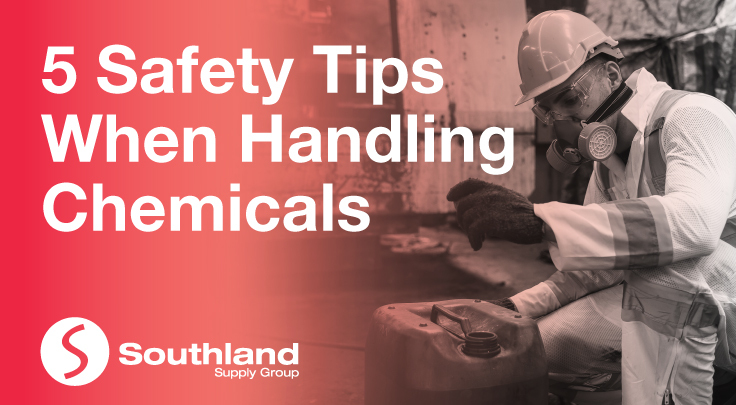
Toxic chemicals and substances present a wide range of health risks and physical hazards to employees such as skin irritation, carcinogenicity, flammability, and corrosion. Before working with any chemicals, employees need to identify the potential hazards, where the correct protective equipment and be aware of the procedures to follow if an accident takes place.
Here are some basic tips to keep in mind when handling potentially hazardous chemicals:
1. Establish and implement Standard Operating Procedures (SOP)
Standard operating procedures should cover the different stages of chemical handling, especially in factories and laboratories where employees may be exposed to different hazardous chemicals. These SOPs must include the delivery of raw materials, storage, processing, packaging, transport, and disposal.
2. Use personal protective equipment where necessary
The PPE needed varies depending on the level of threat or hazard. In some cases, such as laboratory settings, safety goggles, lab gowns or aprons, and rubber gloves may be needed. However further protection, such as hazmat suits or coveralls, may be required when handling highly toxic and corrosive chemicals.
3. Label everything
Every chemical on site should be properly labelled. That means listing the name of the chemical, potential hazards and instructions for emergency response. Labels should be obvious, and where possible in multiple languages. You should also incorporate clear danger & caution signage as an extra precaution. The more clearly you can identify chemicals in the workplace, the safer you and others will be.
4. Proper chemical storage cabinets
How you store chemicals and other hazardous materials is not just a safety requirement, but also a legal requirement. If you work with a certain number of hazardous substances, you may need a compliance certificate to certify that you’re keeping the correct storage protocols.
General rules for storing chemical and hazardous substances include:
- Make sure all containers are appropriate and properly labelled
- Make sure storage methods comply with the information provided on the safety data sheet for each chemical
- Substances should never be stored higher than eye level, and any shelves should have an anti-roll lip.
- Incompatible chemicals should never be stored together to prevent the chance of unwanted reactions. Eg. Do not store acids and alkalis together.
- All liquids should be stored in unbreakable or double-contained packaging. If this isn’t possible then the storage cabinet must have the capacity to hold the liquid should the container break.
- All storage areas should be checked and cleaned regularly as well as being equipped with the necessary first aid and safety equipment.
5. Implement a spill response protocol
Workplaces that regularly work with chemicals must have a protocol for spillages. Containment procedures and people with knowledge of first aid must be available, and you may need to have emergency equipment such as fire extinguishers, drench showers, and first aid kits located near to where the chemical is stored so you can access them easily.
Addressing known hazards and planning for anticipated ones will help to minimise chemical exposure and ensure a safer workplace for everyone. For a complete range of safety equipment from PPE to packaging & warehouse tools, browse Southland’s range at https://www.southland.com.au
